10% OFF ON YOUR LENSES : LENSES10
Money-back Guarantee •
International Shipping •
Adaptable to your prescription
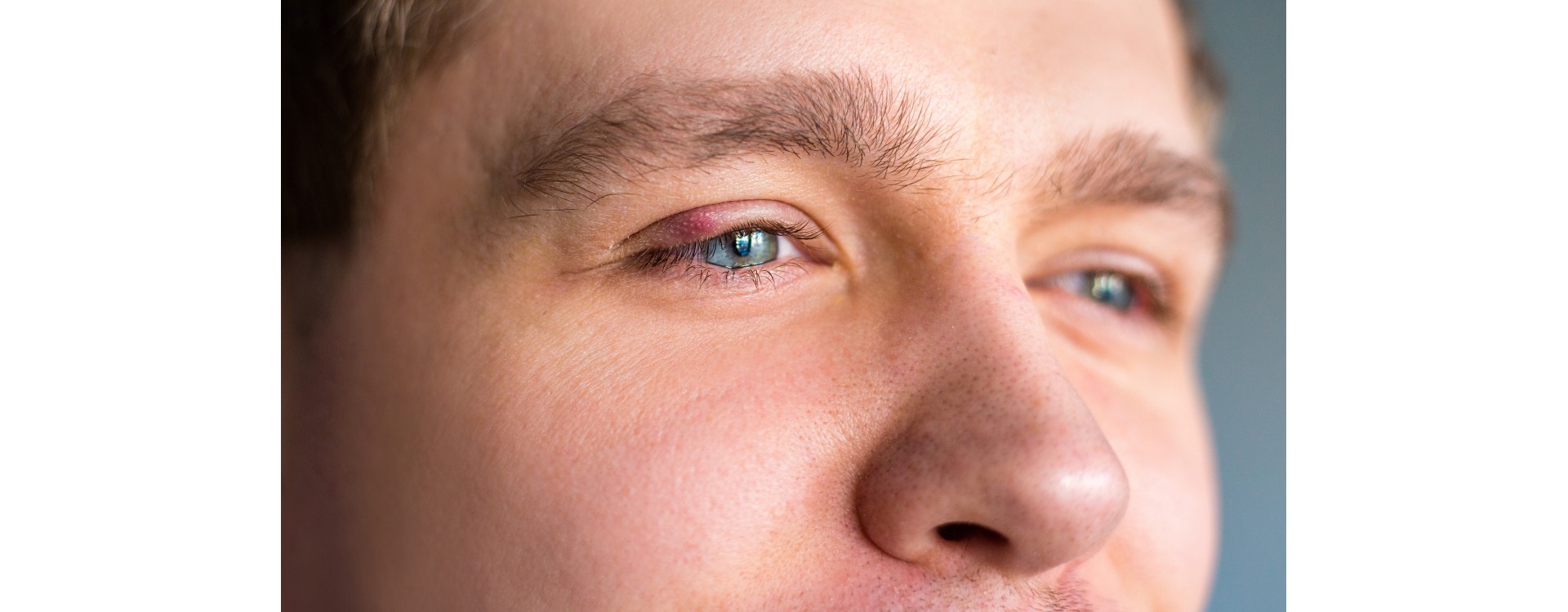
Stye: Symptoms, Causes, and Treatments
Have you ever felt a sharp pain on your eyelid, accompanied by a warm sensation and a small swelling? This is likely a stye, a common bacterial infection that can be quite uncomfortable. In this article, we will explore the symptoms, causes, and treatments of a stye, so you know how to react if you get one. Styes are usually caused by a bacterium called staphylococcus and can spread quickly if not treated. Therefore, it's essential to know how to act to avoid complications.
What is a Stye?
A stye is a bacterial infection that affects the oil glands of the eyelid. It usually appears as a small, red, and painful bump at the base of the eyelashes, often accompanied by mild inflammation. The infection is caused by a bacterium known as staphylococcus, which can spread rapidly if not treated properly.
Stye Symptoms:
The most common symptoms of a stye include:
- Pain and tenderness in the affected eyelid;
- Redness and swelling at the base of the eyelashes;
- Formation of a small red bump;
- A warm sensation around the infected area;
- Tearing and itching.
Causes of Stye:
The most common causes of a stye are:
- Bacterial infection caused by staphylococcus;
- Blocked oil glands in the eyelid;
- Poor hygiene or lack of proper eye care.
Treatment for Stye:
The treatment for a stye depends on its severity. In mild cases, it may go away on its own within a few days. However, if the infection persists, medications may be necessary to eliminate the bacteria. Here are some common treatments for styes:
- Warm compresses: Apply a warm compress to the infected area several times a day to help drain the stye;
- Eye drops: Antibiotic drops may be prescribed to eliminate the bacteria;
- Incision and drainage: In more severe cases, the stye may need to be incised and drained by an ophthalmologist.
Preventing a Stye:
Preventing a stye mainly involves maintaining good eye hygiene. Here are some tips to avoid getting a stye:
- Wash your hands regularly;
- Avoid touching your eyes with dirty hands;
- Do not share your makeup or eye care products;
- Carefully remove your makeup before going to bed.
Conclusion
Although a stye is a common bacterial infection, it can be very uncomfortable and may require medical treatment. If you notice symptoms such as pain or a red bump on your eyelid, consult an ophthalmologist for proper diagnosis and treatment.
Related posts
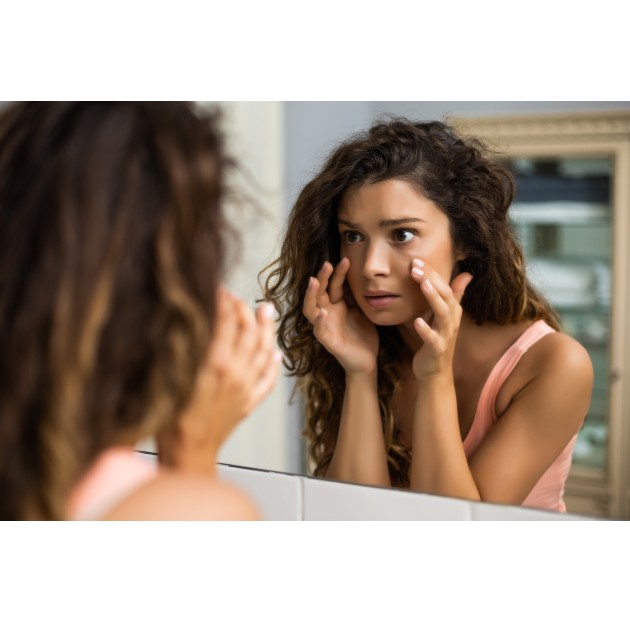
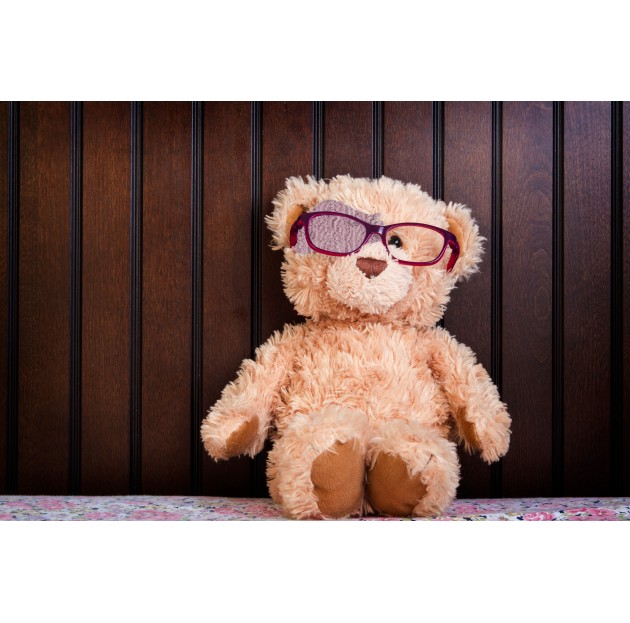

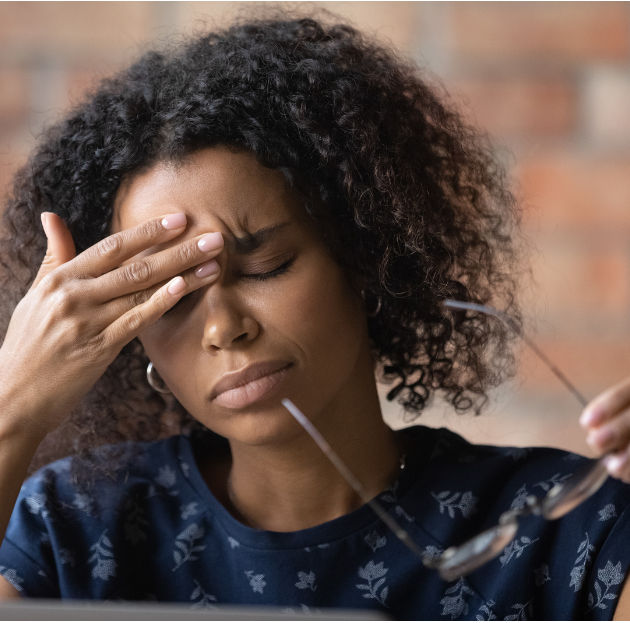
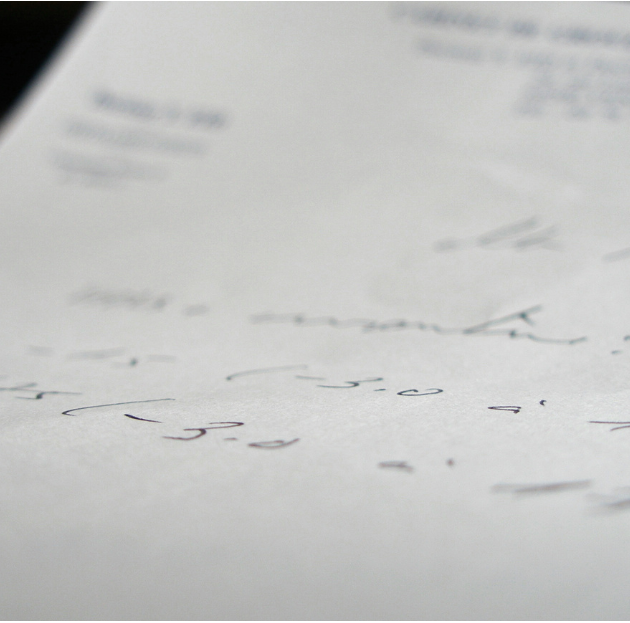
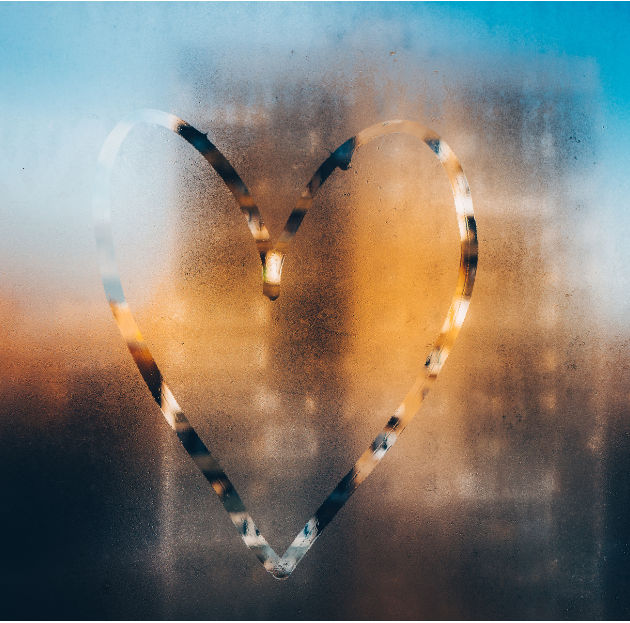




Leave a comment